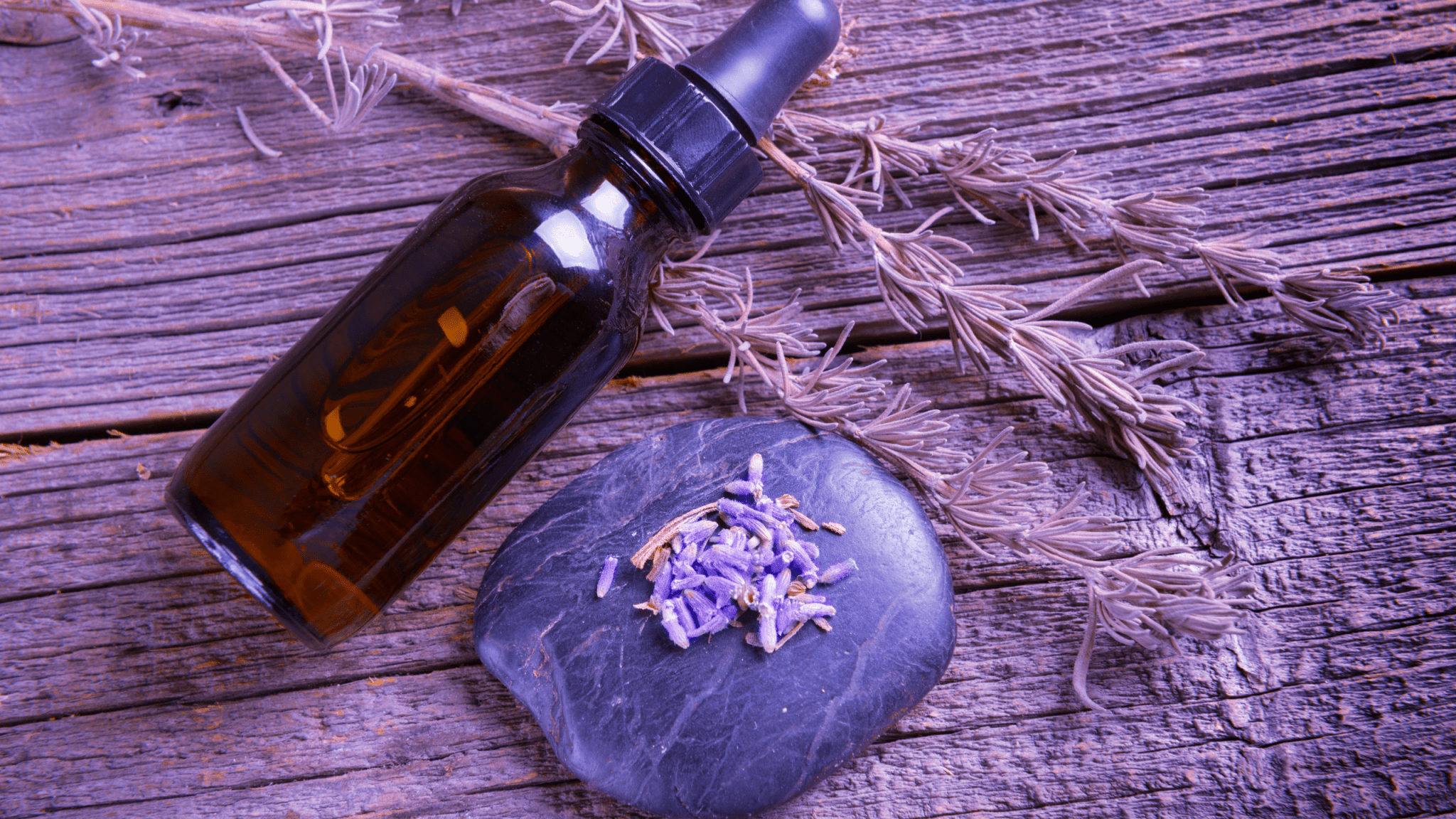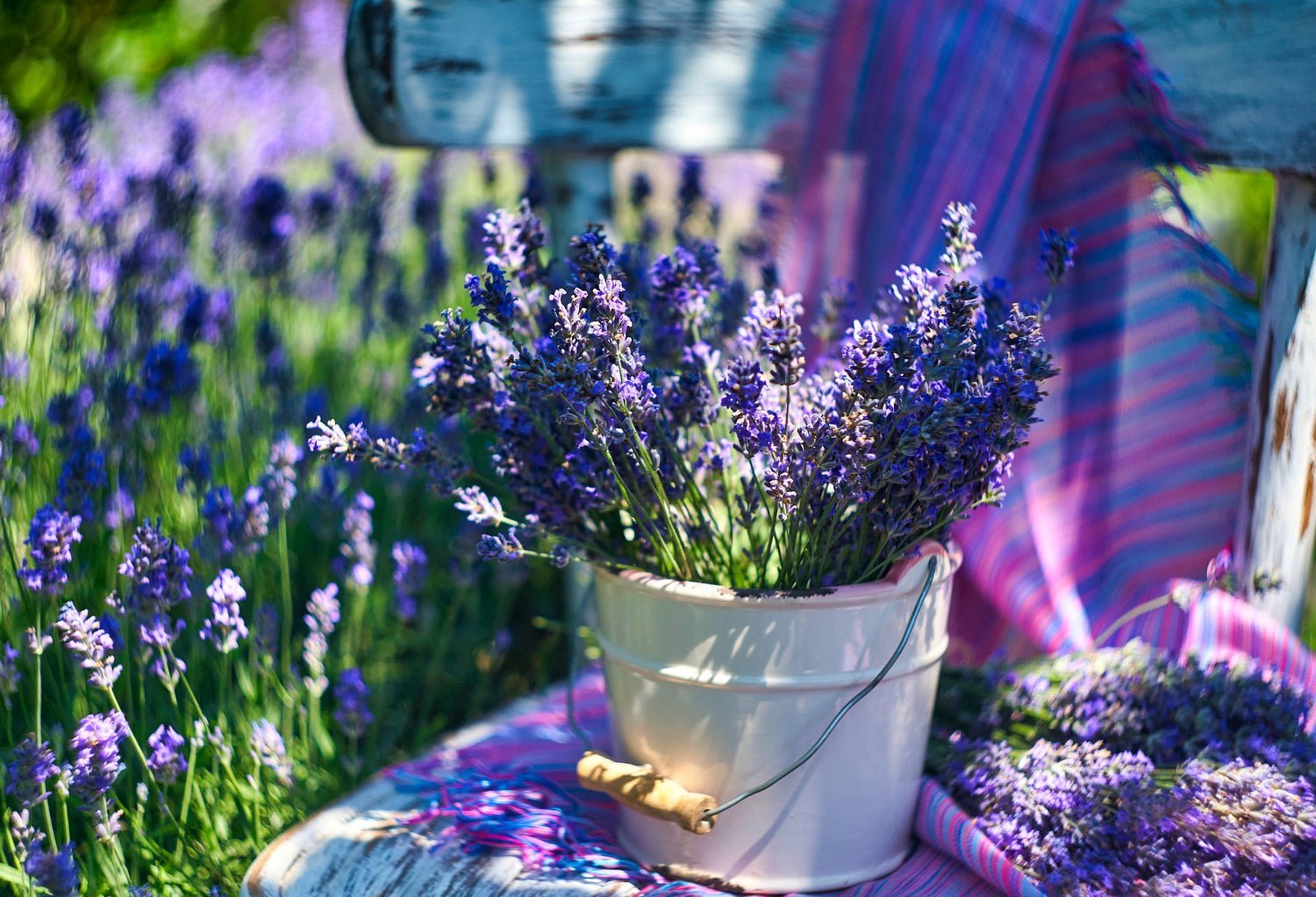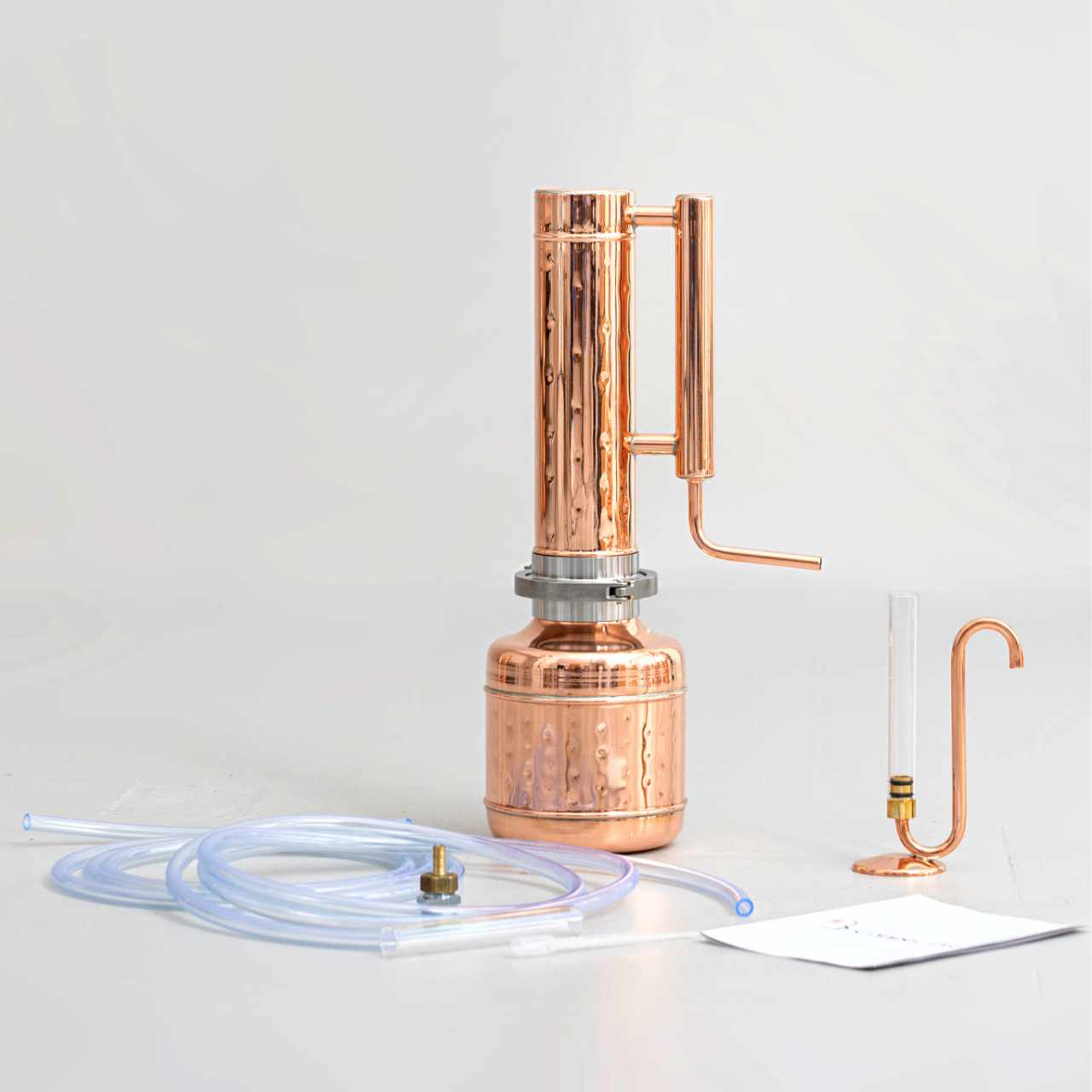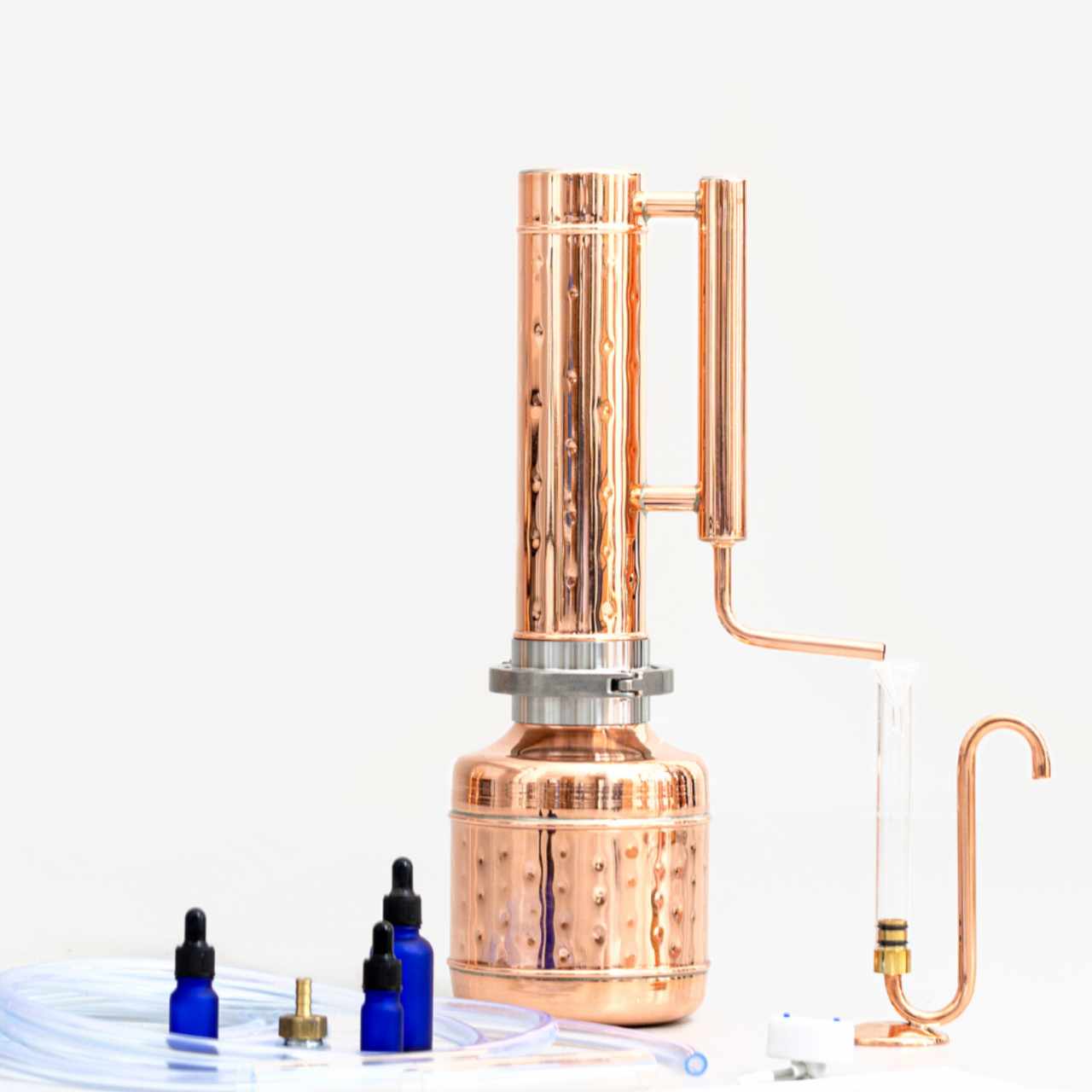
Lavender essential oil, distilled from the fragrant purple flowers of Lavandula angustifolia, is a favourite of aromatherapists, herbalists and many others. This is due to the multitude of ways in which this oil can be used, as well as its often well-liked aroma.
What does lavender essential oil do?
Lavender essential oil, like many other essential oils, is antimicrobial, and as such can be added to preparations where disinfection would be a useful property, such as in homemade hand sanitiser, or in a soothing gel that can be applied to pimples or sores.
Lavender essential oil is also anti-inflammatory, calming down irritated and red skin, so it is useful in cases of sunburn or minor household burns.
What mixes well with lavender essential oil?
- Lavender essential oil good for burns

I keep a blend of aloe vera, lavender hydrosol and lavender essential oil on hand in the fridge - it is such a relief applied to painful burns or sprayed on sunburn after a long day at the beach.
- Lavender essential oi good for sores

Lavender oil can be a useful addition to a drawing ointment with marshmallow root powder, for example, for applying to splinters or painful sores, bringing down swelling and helping healing to begin.
- You can put lavender essential oil on mosquito bites

I also include lavender oil in my garden tool kit for any incidental insect bites I might get when I am out in the garden or foraging. It works well blended with plantain-infused oil as a topical application to insect bites or rashes from nettle stings, which happen a lot in the summer months when I spend hours outside.
Lavender essential oil help you sleep and have best calming effect

Lavender also has a very calming effect on those who appreciate the smell, and can be used to quieten the nervous system and bring on a feeling of wellbeing.
What essential oil mixes well with lavender for sleep?
For this purpose, I have often used it in blends for facial or body massage oil or in a calming balm that can be applied to the temples.
It is mild enough to be used in the bath, where it can support relaxation of the muscles and ensure a good night’s sleep afterwards.
I sometimes add an oil blend containing lavender essential oil to the bath water, or include it in a bath salts blend with epsom salts for example. Alternatively, a few drops can be sprinkled on a cloth and kept under your pillow or you can make a ‘dream pillow’ filled with lavender and dosed with lavender essential oil to place under your pillow.
Does lavender essential oil help with headaches?

Lavender essential oil can reduce the severity of headaches and body pain, especially when combined with peppermint, and I have made an oil blend to apply to the temples or massage onto sore muscles following exercise or for children with growing pains.
Does lavender essential oil repel insects?

Insects are not fond of the smell of lavender, so I make lavender pillows with a few drops of lavender essential oil, and place them among my woollen clothes at the back of the closet and in the linen chest to repel moths.
How to use lavender essential oil?
Dosage when using lavender essential oil in your homemade preparations is critical, and it is best to always err on the side of too little rather than too much, as essential oils can be irritating when overdosed. For application to sensitive skin areas, like the face, lavender oil can be diluted to 1% (1 ml per 100 ml of carrier oil), and can be used at up to maximum 2 % for use in products for the body.
If there is only space for one essential oil in your cupboard (or budget), lavender essential oil would be an excellent choice with so many applications and a reasonable price per ml compared to many other essential oils. What’s more, lavender essential oil is available organic and can be sourced from sustainable suppliers, to ensure that its use does not compromise the environment.













![Essential oil extractor 0.53G (2L) - [Premium Kit] - Copper Pro](http://copper-pro.com/cdn/shop/files/essential-oil-extractor-053g-2l-premium-kit-127057.jpg?crop=center&height=1280&v=1740390471&width=1280)
Comments (0)
Back to Blog Posts